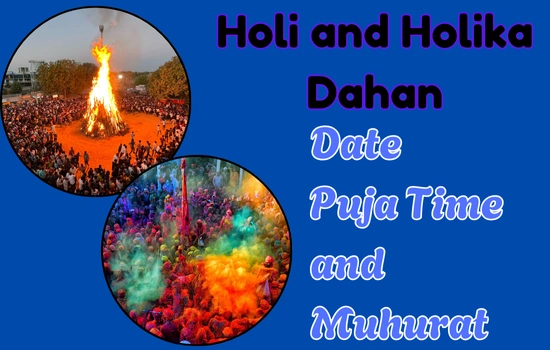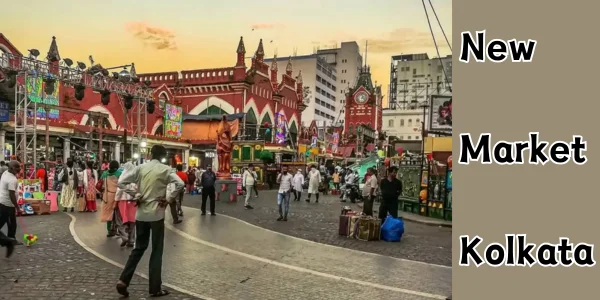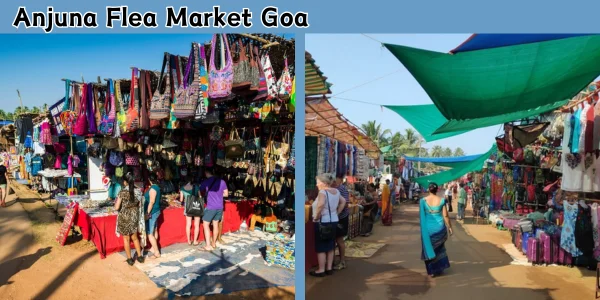Holi, the vibrant “Festival of Colors,” is one of India’s most cherished celebrations, symbolizing the triumph of good over evil and the arrival of spring. The festivities span two days: Holika Dahan (Chhoti Holi) on the first evening, followed by Rangwali Holi (Dhulandi) the next day. In 2025, Holika Dahan falls on Thursday, March 13, and Rangwali Holi on Friday, March 14.
Significance of Holika Dahan

Holika Dahan commemorates the legendary tale of Prince Prahlad and his evil aunt, Holika. According to Hindu mythology, Prahlad’s father, King Hiranyakashipu, demanded that everyone worship him. However, Prahlad remained devoted to Lord Vishnu. To punish him, Hiranyakashipu ordered Holika, who was immune to fire, to sit with Prahlad in a blazing pyre. Miraculously, Holika perished, while Prahlad emerged unscathed, illustrating the victory of righteousness over malevolence. This event is symbolically reenacted through the ritualistic burning of bonfires on Holika Dahan night.
Holika Dahan 2025: Date and Muhurat
The auspicious timing (muhurat) for Holika Dahan is determined based on the Hindu lunar calendar, specifically during the Pradosh Kaal (evening) on Purnima (full moon) of the Phalguna month. In 2025, the Purnima Tithi begins at 10:35 AM on March 13 and concludes at 12:23 PM on March 14. The recommended muhurat for Holika Dahan is:
- Holika Dahan Muhurat: 6:31 PM to 8:57 PM on March 13, 2025.
- Duration: 2 hours and 26 minutes.
- Bhadra Punchha Timing: 6:59 PM to 8:16 PM on March 13, 2025.
- Bhadra Mukha Timing: 8:16 PM to 10:26 PM on March 13, 2025.
It’s essential to perform the Holika Dahan rituals during the Pradosh Kaal while avoiding the inauspicious Bhadra Mukha period. Lighting the bonfire during Bhadra Mukha is considered unfavorable and should be avoided.
Rituals and Celebrations
1. Holika Dahan Preparations:
- Bonfire Setup: Communities gather combustible materials to construct a pyre, symbolizing Holika. An effigy representing Holika is placed atop the heap.
- Puja Samagri (Worship Materials): Items such as cow dung cakes, grains, incense sticks, flowers, and offerings like coconut are assembled for the ritual.
2. Holika Dahan Rituals:
- Purification: Devotees purify themselves and the area around the pyre by sprinkling holy water.
- Puja (Worship): Offerings are made to the fire, and prayers are recited to invoke blessings for prosperity and protection from evil forces.
- Circumambulation: Devotees walk around the bonfire three to seven times, praying for the well-being of their families and the eradication of negative energies.
3. Rangwali Holi (March 14, 2025):
- Color Play: The following day, people celebrate by applying colors to each other, singing, dancing, and sharing festive foods like gujiya and thandai.
Astrological Perspective
From an astrological standpoint, Holika Dahan is performed during the transition from the full moon (Purnima) in the Phalguna month. This period is considered potent for cleansing negative energies and ushering in positive vibrations. The alignment of celestial bodies during this time is believed to enhance the efficacy of rituals performed, promoting spiritual growth and harmony.
Conclusion
Holi and Holika Dahan are not merely festivals of colors and bonfires but are deeply rooted in Hindu mythology and cultural traditions. Observing the rituals during the specified muhurat ensures alignment with cosmic energies, amplifying the benefits of the ceremonies. As you prepare to celebrate Holi in 2025, may the festival bring you joy, prosperity, and the triumph of good over evil in all aspects of life.

